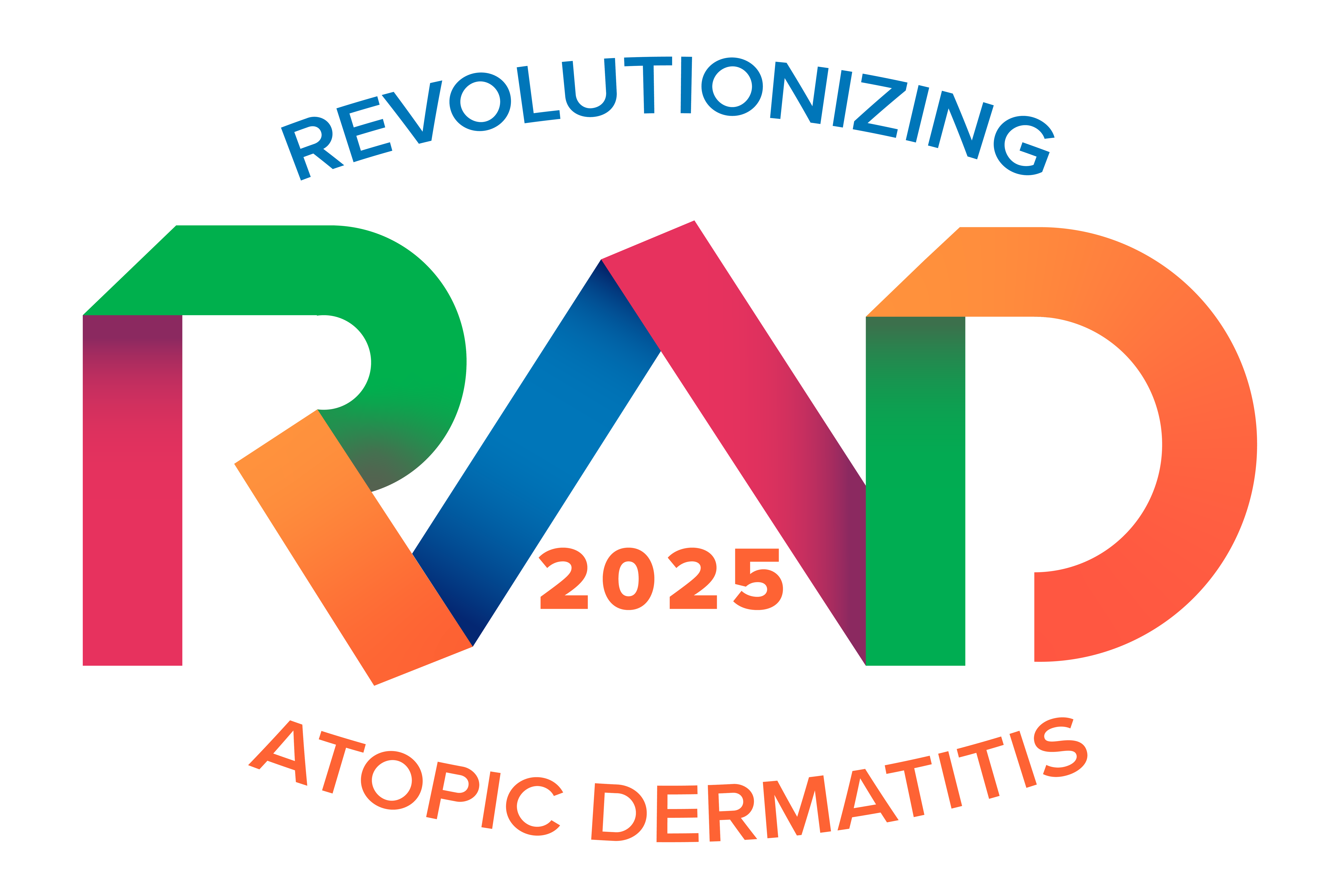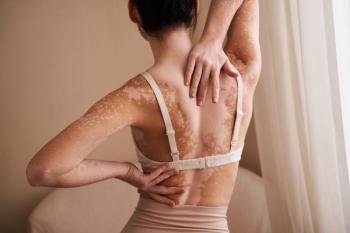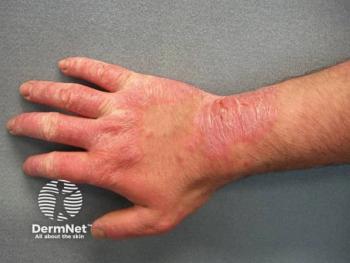
SCALE UP Demonstrates AD Symptom Relief Across All Skin Types With Upadacitinib

Key Takeaways
- Upadacitinib demonstrated significant real-world efficacy in improving pruritus and skin clearance in adults with moderate to severe atopic dermatitis.
- The study highlighted high treatment satisfaction and quality of life improvements across diverse skin types and racial groups.
A poster at RAD 2025 detailed the patient-reported outcomes across skin types and racial groups.
A recent poster from the
Elbuluk et al noted that many clinical studies2 have demonstrated the safety and efficacy of upadacitinib, an oral JAK inhibitor, however, there is not as much data supporting its real-world efficacy, especially among patients with diverse skin types.
The assessments used to collect data included the achievement of stringent patient-reported outcomes related to pruritus improvement and skin clearance, sleep, quality of life (QOL), and AD treatment satisfaction. Pruritus and skin clearance were measured by Worst Pruritus Numerical Rating Scale (WP-NRS) and body surface area (BSA); QOL and sleep were measured by Dermatology Quality of Life Index and Patient Global Impression of Severity-Sleep; Treatment satisfaction was measured by Patient Global Impression of Treatment (PGIT), PGIT Itch, and PGIT Skin.
Among patients who reported pruritus improvement and clearer skin, the time to noticeable improvements in pruritus and skin clarity was evaluated. The patient outcomes were evaluated by self-identified race (White, Non-White) and Fitzpatrick Skin Type (Type 1-2, Type 3, Type 4-6).
Results
Overall, 224 patients were analyzed in the survey. The majority of patients were women and White and were receiving upadacitinib 15mg at the time of assessment. In total, 50% of patients had been treated with upadacitinib for more than 6 months to a year.
Regarding Fitzpatrick Skin Type, 69.6% of patients were Type 1-2, 22.3% were Type 3, 26.8% were Type 4-6, and one patient chose not to answer.
- Pruritus and skin outcomes: Most respondents reported improvement in pruritus (WP-NRS 0/1) and clear or almost clear skin (BSA ≤2%), with nearly half achieving both of these positive outcomes.
- 56.0% of patients with Fitzpatrick Skin Type 3 achieved WP-NRS 0/1 and BSA ≤2%.
- 41.7% of patients with Fitzpatrick Skin Type 4-6 achieved WP-NRS 0/1 and BSA
- Sleep and QoL: Over two-fifths of the respondents reported that their AD had no impact on their QoL, and most respondents experienced no or almost no sleep disturbance.
- 46.0% of patients with Fitzpatrick Skin Type 3 achieved DLQI 0/1
- 46.7% of patients with Fitzpatrick Skin Type 4-6 achieved DLQI 0/1
- 88.0% of patients with Fitzpatrick Skin Type 3 achieved PGIS-Sleep 0/1
- 83.3% of patients with Fitzpatrick Skin Type 4-6 achieved PGIS-Sleep 0/1
- Treatment satisfaction: The majority of respondents reported high levels of satisfaction with upadacitinib.
- 84.0% of patients with Fitzpatrick Skin Type 3 achieved PGIT Itch 6/7
- 76.7% of patients with Fitzpatrick Skin Type 4-6 achieved PGIT Itch 6/7
Regarding time to noticeable improvement, nearly 29% of patients reported noticeable pruritus relief within 24 hours, and approximately 66% within 3 days. For skin improvement, approximately 33% saw clearer skin within 3 days, and over 90% by 14 days. These response times were generally consistent across racial groups and skin types, though patients with Fitzpatrick Skin Types 4-6 were most likely to report the fastest itch relief and least likely to report the fastest skin clearance.
“Adults with moderate to severe atopic dermatitis treated with upadacitinib reported high levels of symptom relief and treatment satisfaction across skin types and race in the real-world setting. A deeper understanding of real-world patient perspectives on upadacitinib treatment may help inform treatment decision-making between patients and healthcare providers,” concluded Elbuluk et al.
References
- Elbuluk N, Calimlim B, Kindred C, et al. The SCALE-UP study: real-world patient-reported effectiveness of upadacitinib‑treated adults with atopic dermatitis by Fitzpatrick skin type and race. Poster presented at: 2025 Revolutionizing Atopic Dermatitis; June 6-7, 2025; Nashville, TN.
- Bunick CG. Switching gears in atopic dermatitis: how upadacitinib helps patients reach optimal targets after dupilumab inadequacy. Dermatology Times. May 8, 2025. Accessed June 5, 2025.
https://www.dermatologytimes.com/view/switching-gears-in-atopic-dermatitis-how-upadacitinib-helps-patients-reach-optimal-targets-after-dupilumab-inadequacy
Newsletter
Like what you’re reading? Subscribe to Dermatology Times for weekly updates on therapies, innovations, and real-world practice tips.



















